Filmmaker Inspired by Advanced Nuclear Reactors
by Laura Scheele
The ANS Nuclear Cafe is a blog owned and edited by the American Nuclear Society. Information contained on the ANS Nuclear Cafe has been provided by numerous sources. Therefore, the American Nuclear Society assumes no responsibility or liability for the accuracy of information contained herein. DISCLAIMER: The views expressed in posted articles do not necessarily reflect the views of the American Nuclear Society. The views expressed here are those of the individual authors. ANS takes no ownership of their views. The American Nuclear Society assumes no responsibility or liability for any use or operation of any methods, products, instructions, or ideas contained on this site.

A message from Goodway Technologies
Optimizing Maintenance Strategies in Power Generation: Embracing Predictive and Preventive Approaches
by Laura Scheele
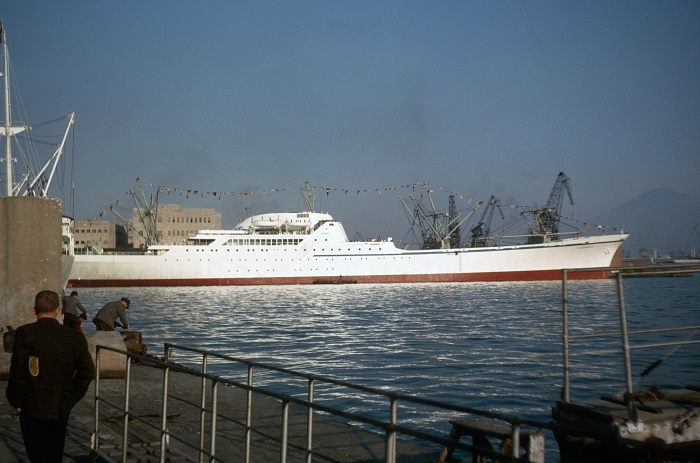
NS SAVANNAH, mid-1960s. Photo taken by crew member Dan Campbell, courtesy NS Savannah Association, Inc.
A statement made this week by the President of Iran has gained some hold on the press, and while it sounds like an interesting and for some potentially threatening development, it more than likely won't happen any time soon.
A number of significant news items made recent headlines relating to nuclear energy. Here is your week in review with an analysis and links.
I am pleased and proud to report that the American Nuclear Society (ANS) recently completed a project to post brief bios of all 61 ANS past presidents (plus the current president). Pleased, because many of the past presidents were icons in the early development of nuclear power, or played key roles in the evolution and growth of the nuclear industry, and it is wonderful to have so many of their stories in one place. Proud, because I had a role in helping solicit biographical information from the living past presidents and in searching for information on the deceased past presidents. But let me quickly add that this was not a solo effort. It involved the contributions of many people, both other ANS past presidents, ANS staff and others I contacted in the course of my research.
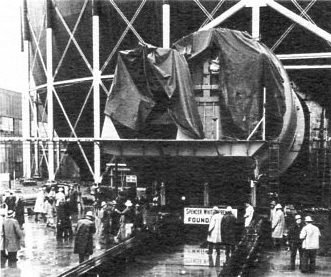
SIR (Submarine Intermediate Reactor) Naval Prototype Plant rolled into containment sphere at West Milton New York; March 20, 1954. From brochure "The Seawolf Story" in Will Davis library.
We're coming up on another anniversary of the startup of the Shippingport Atomic Power Station in early December. That plant was more or less a Navy plant (at least in terms of the NSSS or Nuclear Steam Supply System) built not for powering ships but instead for powering businesses and homes. The move to get that done was rapid and fluid - and now there's maybe a hint of evidence that it could have been a returned favor to Admiral Rickover.
We have two fairly significant news items to report on today at ANS Nuclear Cafe. First a major nuclear vendor change of ownership and second a further threat to the sustenance of existing nuclear.
by Will Davis reporting from the 2016 ANS Winter Meeting in Las Vegas
By Will Davis, reporting from the 2016 ANS Winter Meeting in Las Vegas
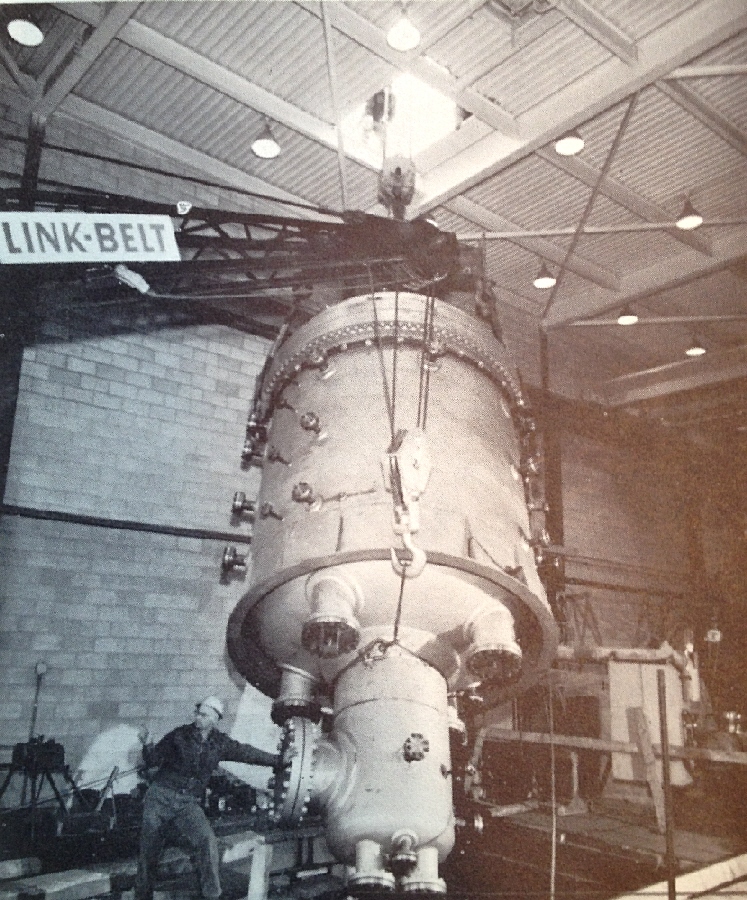
Installation of SPERT-II reactor vessel at National Reactor Testing Station, now Idaho National Laboratory. From IDO-16050, published 1959, in Will Davis library.
The history and lore surrounding the dozens of reactors constructed and operated at the Idaho National Laboratory could fill a book - and has filled at least one whole book and parts of many others. Today, at the American Nuclear Society's 2016 Winter Meeting a unique presentation was given in the early afternoon by Harold McFarlane, who retired after 44 years working with Argonne National Laboratory (which operated a number of the reactors built in Idaho.)
"How do we move nuclear energy into the future?" was the question asked and answered in a variety of ways during a fascinating speakers' session that followed this morning's opening plenary. Several expert speakers in a variety of fields provided frank and illuminating commentary on the condition of nuclear now, and on the things that have to change for nuclear energy to be vibrant in the decades to come.
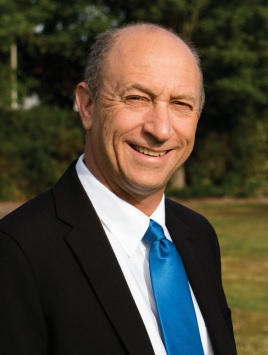 Kicking off the American Nuclear Society's 2016 Winter Meeting (held at Caesar's Palace, Las Vegas) was ANS President Dr. Andrew Klein's speech at the Opening Plenary, in which Dr. Klein expressed a bright vision for the future not just of ANS but of its members and their contributions.
Kicking off the American Nuclear Society's 2016 Winter Meeting (held at Caesar's Palace, Las Vegas) was ANS President Dr. Andrew Klein's speech at the Opening Plenary, in which Dr. Klein expressed a bright vision for the future not just of ANS but of its members and their contributions.
By: Priyarshini Ghosh
by Gene Grecheck and Brett Rampal
We've seen in the last two weeks both good news and bad for the U.S. nuclear plant fleet, as one nuclear unit under construction came on line and one of the earliest remaining in the U.S. was permanently shut down. The net effect? Raising the total rated megawatts of U.S. nuclear plants slightly, but remaining at the same number of nuclear units on line.
It is highly unlikely that the issues surrounding energy will make any difference in whomever we choose for our next President. Other concerns have drowned out energy as an important issue. That said, there are distinct differences among the four presidential nominees with regard to energy, particularly nuclear.
Live streaming on Facebook from Nuclear Science Week 2016 Big Event! Enjoy today's "live" matinee.
The American Nuclear Society (ANS) is a proud and active partner of Nuclear Science Week. ANS recommends that everyone share their tweets using the event hashtag: #NuclearSciWeek.
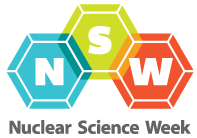
October brings many wonderful things each year, but of special interest to us is the annual National Nuclear Science Week (#NuclearSciWeek on social media) event which is intended to help everyone learn how nuclear science and technology works every day to improve their lives.
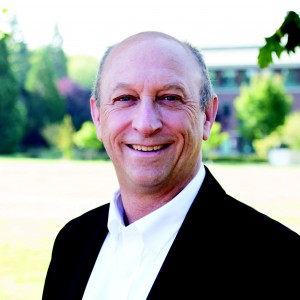
Klein: "We need to start somewhere"
At the ANS Annual Meeting in New Orleans in June, ANS President Andrew Klein introduced the Nuclear Grand Challenges project, which is aimed at understanding the technical challenges facing nuclear science and technology. To identify those challenges, ANS will be accepting ideas from members and the public from now until March 2017. Klein discussed with Nuclear News Associate Editor Tim Gregoire his goals for the project and how the final challenges will be chosen.